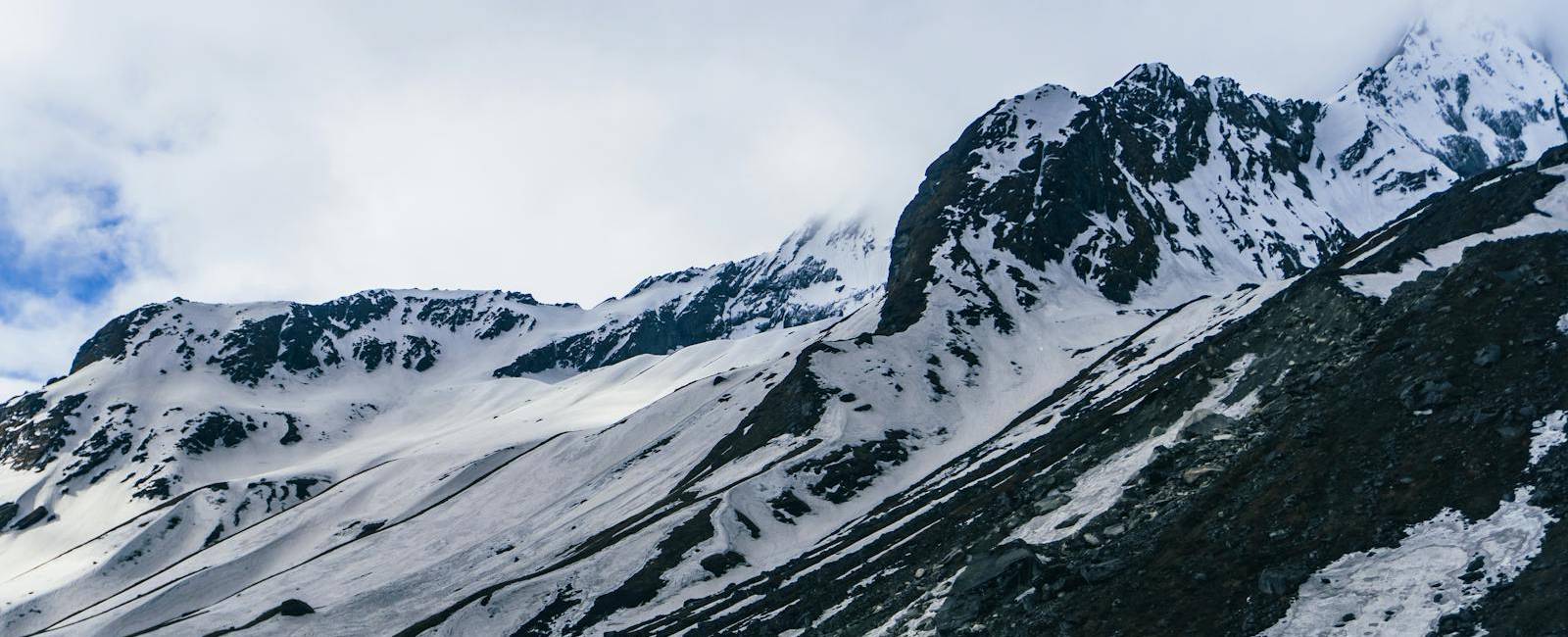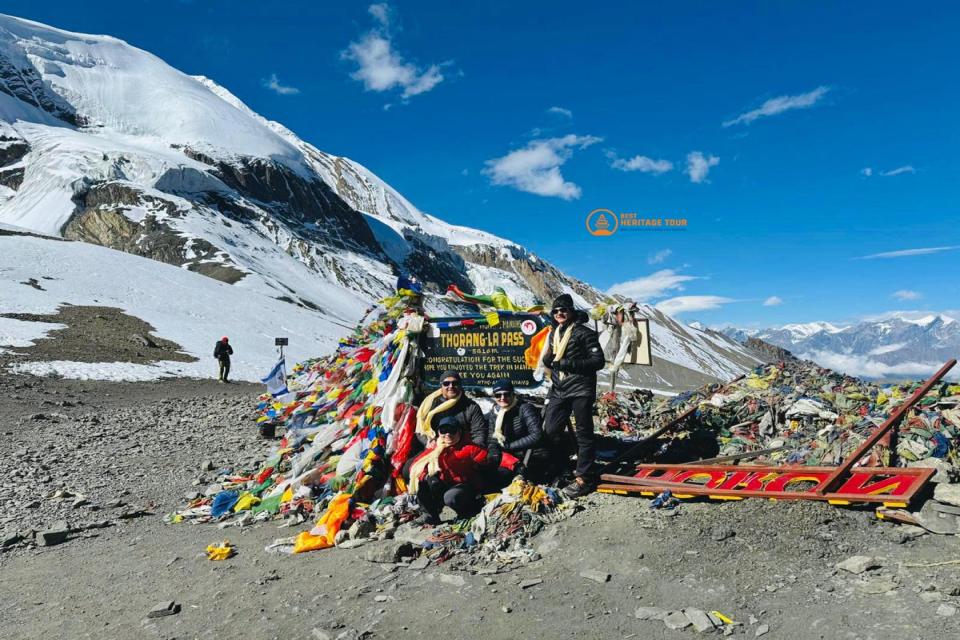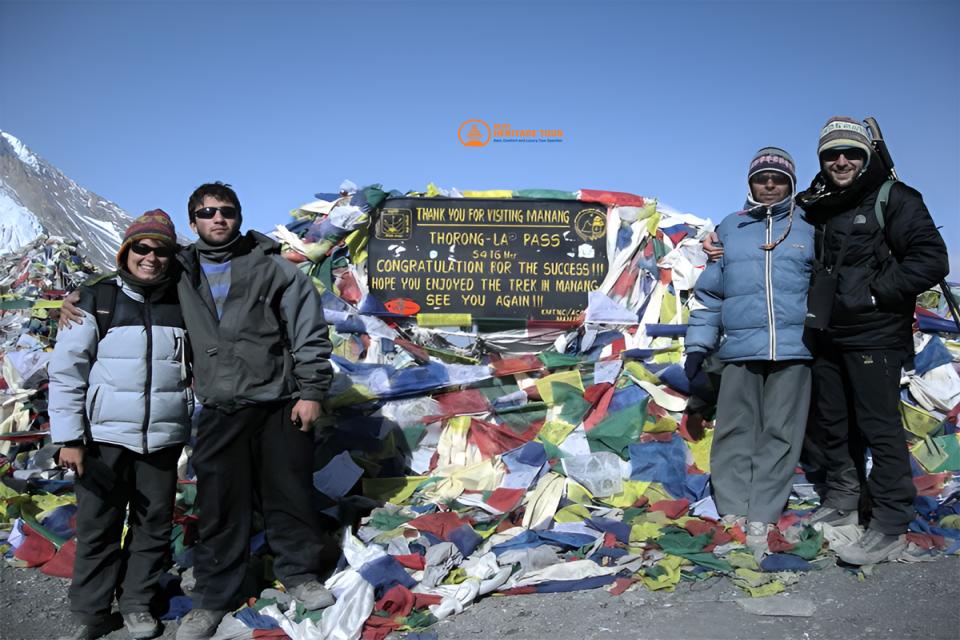The Annapurna Circuit Trek is widely regarded as one of Nepal’s most iconic and rewarding trekking routes, attracting thousands of adventurers from around the globe every year. This epic journey takes you through diverse and breathtaking landscapes from lush subtropical valleys and terraced farmlands to dramatic high mountain passes and rugged alpine terrain. Along the way, you’ll encounter traditional villages, ancient monasteries, and panoramic views of the majestic Annapurna and Dhaulagiri ranges.
While the natural beauty and cultural richness are major draws, the availability and quality of facilities along the trail can significantly impact your overall trekking experience. Having reliable access to essentials like Wi-Fi, ATMs, phone signal, accommodation comforts, and medical support can mean the difference between a smooth, enjoyable trek and unexpected challenges.
In this comprehensive guide, we’ll walk you through the key facilities you can expect on the Annapurna Circuit. Whether you are embarking on your very first trek or are a seasoned explorer familiar with high-altitude trails, understanding these practical aspects will help you plan more effectively and stay comfortable throughout your journey.
Wi-Fi Availability on Annapurna Circuit Trek
Connectivity on the Annapurna Circuit has improved significantly over recent years, but it’s still patchy in many remote areas.
-
Major villages like Manang, Chame, and Jomsom usually have Wi-Fi in guesthouses and teahouses. However, speeds can be slow and connectivity unreliable.
-
In smaller villages or higher altitudes, Wi-Fi is often unavailable or only accessible at a premium price.
-
Expect to pay around $2-$5 per hour for Wi-Fi usage, especially after Manang.
-
Downloading offline maps and entertainment before your trek is highly recommended, as internet access isn’t guaranteed.
Phone Signal and Mobile Coverage
Staying connected via mobile phone is possible in many parts of the Annapurna Circuit, but coverage varies:
-
Ncell and Nepal Telecom (NTC) are the two main providers. Both have good coverage in towns like Besisahar, Chame, Manang, and Jomsom.
-
Beyond Manang, mobile signals weaken drastically, especially over high passes like Thorong La and in remote side valleys.
-
It’s wise to purchase a local SIM card with data to maximize connectivity. Both Ncell and NTC SIMs are available in Kathmandu and Pokhara.
-
Satellite phones are rarely needed unless venturing off-trail or on very remote side trips.
ATM and Banking Facilities
Access to cash is essential since most places along the trail only accept Nepalese Rupees in cash:
-
ATMs are available in large towns like Besisahar, Chame, Manang, and Jomsom.
-
Many ATMs have withdrawal limits and may not always be functional due to power outages or network issues.
-
It’s highly advisable to withdraw enough cash before heading to remote areas as ATMs become unavailable beyond Jomsom.
-
Credit/debit card acceptance is rare outside major cities - carry sufficient cash for accommodation, food, and permits.
Accommodation Facilities
While the Annapurna Circuit offers a range of lodging options, facilities remain basic compared to city hotels:
-
Most teahouses provide twin rooms with simple beds and shared bathrooms. Expect basic furniture and limited hot water availability.
-
Heating is rare, especially above Manang; bring warm sleeping gear.
-
Some lodges have charging facilities (often solar-powered), usually for a small fee.
-
Food is generally simple but nourishing, featuring Dal Bhat (lentil curry with rice), noodles, soups, and tea.
Medical Facilities and Emergency Support
Altitude sickness and minor injuries are common concerns. Here’s what you can expect:
-
Basic health posts and clinics exist in towns like Manang and Jomsom, staffed by paramedics or nurses.
-
Some trekking agencies and guesthouses provide oxygen tanks and first-aid kits.
-
For serious emergencies, helicopter evacuation is available but costly - travel insurance with evacuation coverage is strongly recommended.
-
Guides trained in first aid and altitude sickness management are invaluable.
Other Essential Facilities
Water: Most teahouses sell boiled or filtered water for about $1. It’s best to carry a refillable bottle and bring purification tablets or a filter for safe drinking water in remote areas.
Laundry: Laundry services are available in larger villages but tend to be limited and slow, often taking a day or two to complete.
Charging: Charging your devices is possible in most teahouses for $1-$3 per device, though power can be unreliable, so carrying a power bank is advisable.
Restrooms: Restrooms are usually squat toilets, with western-style options rare. Carry your own toilet paper and hand sanitizer, as these aren’t always provided.
Food and Snacks: Small shops in bigger villages stock basic snacks like chocolate, biscuits, and energy bars. Bringing your own snacks is helpful for long trekking days.
Tips to Make the Most of Facilities on Annapurna Circuit Trek
-
Carry a power bank and solar charger to stay powered in areas with unreliable electricity.
-
Download maps and entertainment offline before the trek.
-
Carry sufficient cash to avoid problems at ATMs or cardless shops.
-
Bring your own water purification system to reduce plastic waste and save costs.
-
Have a good first-aid kit and altitude sickness medication handy.
Conclusion: Stay Prepared and Comfortable on Your Annapurna Circuit Trek
While trekking the Annapurna Circuit is an adventure into rugged wilderness, improving infrastructure means you don’t have to sacrifice comfort or connectivity. Being informed about the Wi-Fi availability, mobile coverage, ATM access, and essential services helps you plan smartly and enjoy every step of your journey.
For a hassle-free experience, consider booking a comprehensive trekking package with Best Heritage Tour. We arrange everything from permits to accommodation, ensuring you get the best facilities suited to your needs.
Contact Best Heritage Tour Today
Website: www.bestheritagetour.com
Email: info@bestheritagetour.com / bestheritagetour@gmail.com
Phone/Whatsapp: +977-9851149197
Office: Thamel Marg, Kathmandu, Nepal
Author: Best Heritage Tour
Date: 30th July, 2025



